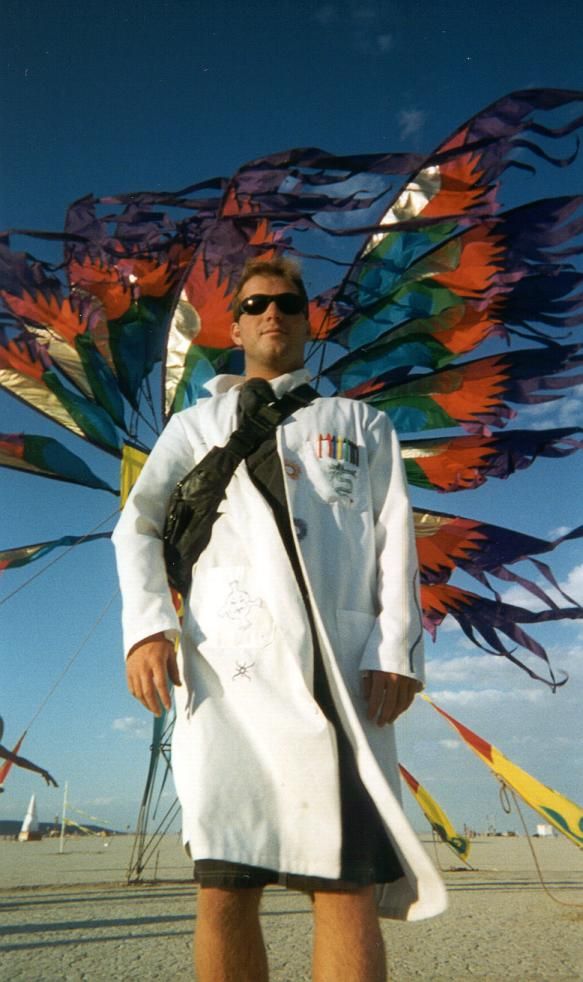
One of the recent jewels to arrive in hep-th is Paul Cook's Connections between Kac-Moody algebras and M-theory. This paper is actually a PhD thesis, under the supervision Peter West, the author of the well-known Introduction to Supersymmetry and Supergravity text.
By now, most people on the blogosphere have heard of the 248-dimensional Lie group E8. However, E8 isn't really "big" enough for M-theory. To capture the robust objects found in M-theory Cook argues one must use E8's Kac-Moody brother E11, i.e., that the Kac-Moody algebra E11 encodes the symmetries of M-theory.
As evidence for his conjecture, Cook finds the closure of a group G11 (an enlargement of the affine group IGL(11)) which includes two generators whose associated gauge fields are those of the only branes found in M-theory: the M2 and M5 branes. This essentially leads to a nonlinear realization of 11D-supergravity, where it is argued that a hidden E8 symmetry is manifest before the usual compactification to the three dimensions.





